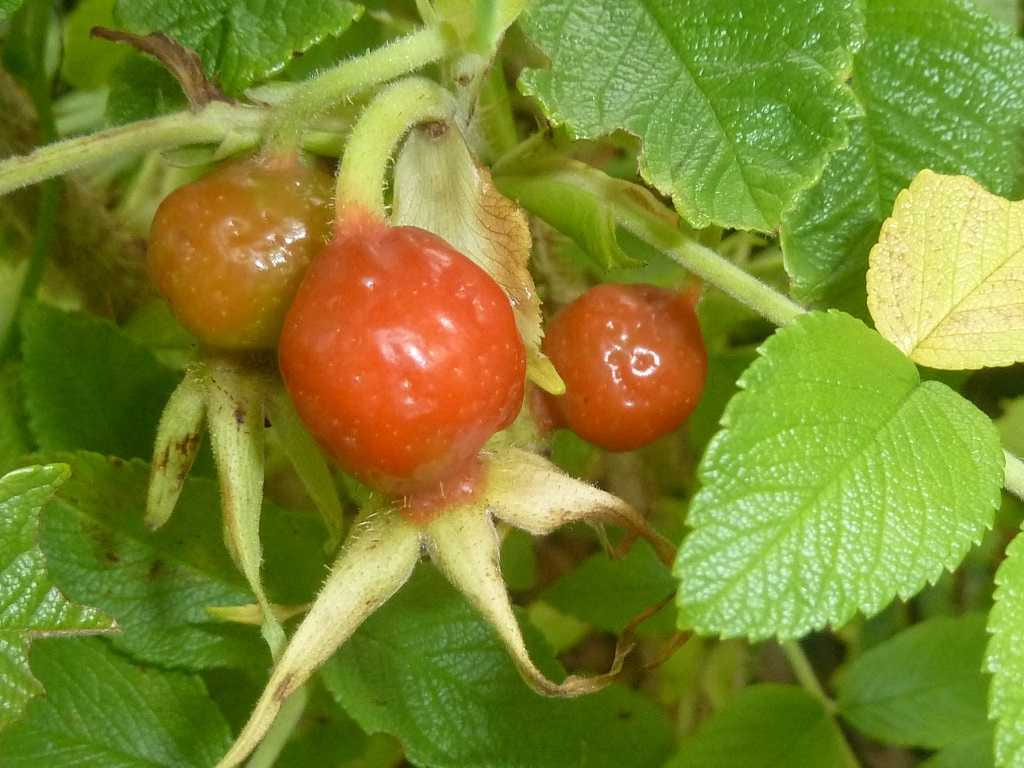Nature's Economy
Here is a very subversive plant. Year after year it gives so many wonderful gifts, and yet does not charge money for any of them. The reason is that the Rugosa rose participates in the gift economy, which is based far more on cooperation than on competition. It does not generate the monetary wealth of a circle, but instead generates a different kind of wealth that is spiraled, for the wealth it produces extends beyond the mere exchange of giver and receiver.
"Even after all this time, the Sun never says to the Earth, ‘You owe me’. Look what happens with a love like that, it lights the whole sky."
It is a fascinating thought to ponder how most of the healthiest foods in our society do not require money to be eaten, as they can be found growing all around us. Oh but wait, can you not hear the takers whispering in your ear, "There has to be an agenda on the plants part, there is always a hidden agenda lurking within a gift? Perhaps there is, but in this case it seems to be a communal agenda. And it seems to be the same, often unconscious agenda that we all have: Becoming - the continuation of life and growth. Rugosa rose appears to be a master teacher, showing us that we can accomplish this agenda by providing free gifts to all who would take notice, and to those who have not yet noticed.
"Humankind has not woven the web of life. We are but one thread within it. Whatever we do to the web, we do to ourselves. All things are bound together. All things connect."
n pondering the gift of the Rugosa rose, we have come to realize how a gift can be such an incredibly force that has the power to change the entire paradigm of how we view success, wealth and value in our society. For it is a gift that somehow compels its continuation, creating a ripple effect that can extend far beyond the exchange of giver and receiver. It is in the arena of the gift that the money machine has lost its sting.
"May we all suffer a little, so that no one needs to suffer a lot."




